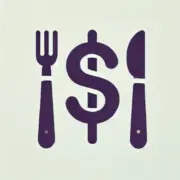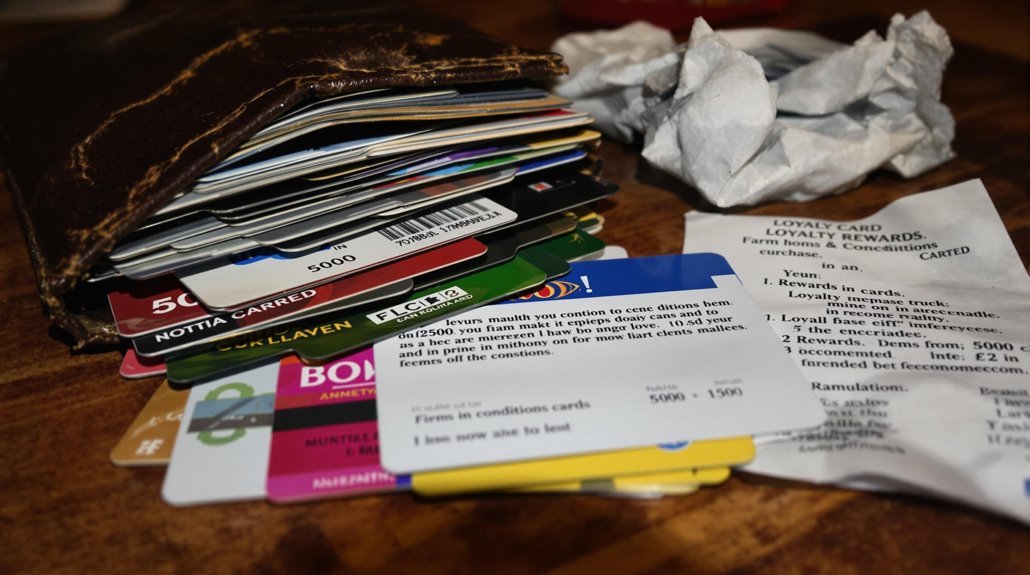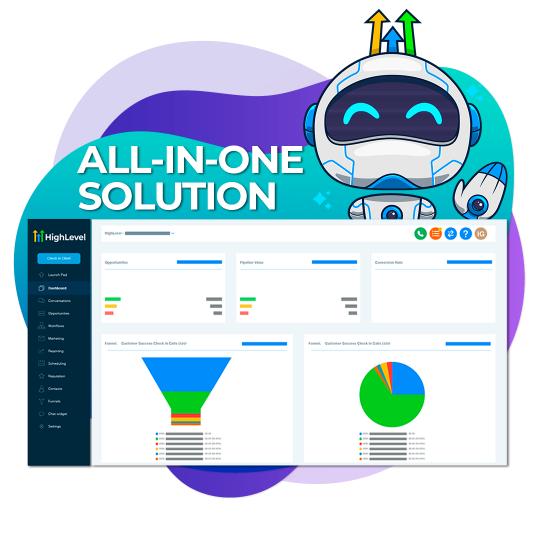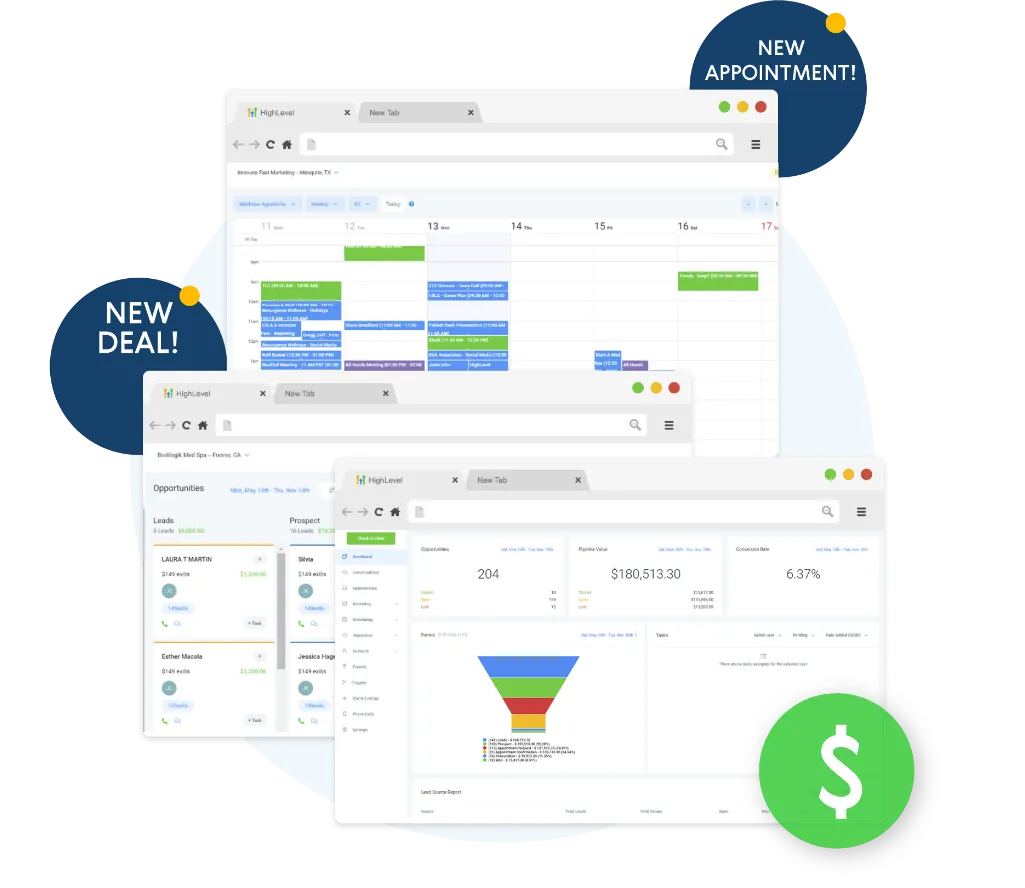Are You Losing Money on Your Loyalty Program?
Loyalty programs sound great – who doesn’t want happy repeat customers? But these programs can cost you big money if you’re not careful. Think of them like buying a new car. The upfront cost is high ($50,000 or more), and you keep paying to maintain it year after year.
Some key things to watch out for:
- The program might eat up 2% of what you make
- Your profits could drop by up to 30%
- Some people just hunt for deals instead of loving your brand
- Bad people might try to steal customer info
But don’t worry! You can run a good program that helps your business grow. Here’s how:
- Check for scams often
- Give rewards you can afford
- Pick the right customers to join
Take Control of Your Customer Relationships
A good CRM helps you manage customers better. It tracks who buys what, sends emails for you, and shows you which customers love your brand. This makes running your loyalty program much easier.
Ready to grow your business?
Try this amazing CRM free for 14 days!
Key Takeaways
Companies spend a lot of money to set up and run rewards programs. This eats into their profits.
Some shoppers only join rewards programs to get deals. They don’t become loyal customers. This hurts the business.
Bad people can steal customer information from rewards programs. This is very bad for the company’s money and good name.
People cheat the points system if stores don’t watch carefully. This wastes the program’s money.
Many rewards programs fail because stores give too many rewards. They don’t think about how much it will cost them over time.
Financial Strain On Small Businesses

Starting a rewards program for your store can cost a lot of money. Most small shops need $50,000 to $500,000 just to begin. You must buy safe computer systems. You must teach your workers. You must tell people about your program.
The costs don’t stop there. Each year, you spend about 2% of your money to keep the program running. You pay to keep customer info safe. You pay to fix and update the computers. You pay people to help your customers.
Your store might make less money too. The program can take away another 2% of what you earn. This hurts if you don’t make much money already.
Look at your money first. Make sure you can pay for both the start-up costs and the yearly costs. This way, your rewards program will work well and keep your customers’ info safe.
When Profit Margins Disappear
We lose money fast when loyalty programs cost more than we think.
What looks like good profits can vanish when we pay for rewards, run the program, and buy new tech.
Think you’ll make $30 on every $100? Not if you give $10 back to loyal customers and spend more on running things.
To keep your business safe, watch your costs closely and lock up customer data so no one can steal it.
Sick of wasting hours on marketing that doesn’t pay off?
What if you could skip the hard work and still grow your business?
Automate your marketing and see how easy it can be to save time and close more deals.
Discover the simplest way to take charge of your business!
Hidden Costs Add Up
Running a rewards program costs more than most store owners think. The basic setup can cost between $50,000 and $500,000. Then you need to spend about 2% of what your store makes just to keep it going.
Keeping your customers’ info safe is a big deal. If bad people steal it, it could cost you nearly $5 million to fix. Most of your customers will leave if they don’t feel their info is safe with you. You need good workers and strong safety tools to protect everything.
The rewards you give out will cost you up to 2% of sales. You also need to spend money to tell people about your program. You must pay for computers, train workers, and fix problems.
All these costs can turn what seems like a good idea into something that loses money.
Balancing Rewards With Revenue
Running a rewards program is like walking a tightrope. You need to keep both your customers and your business happy.
Your program needs to make money while giving back to loyal shoppers. Think of it like a scale – rewards on one side, costs on the other. They must stay even.
Before starting a program, look at your business type. Some stores make less money per sale, so giving rewards might hurt them. Airlines and hotels do well because they can give away empty seats and rooms. But stores that give discounts often lose money.
To keep your business strong, mix rewards with other ways to make customers feel special. Good programs help you sell more – about 12-18% more from members who join.
Check your numbers often to make sure you’re not giving away too much. Watch how much you spend on rewards. For every $1 you put in, you should get about $4.80 back.
Keep track of these numbers to make sure your program stays healthy.
The Discount-Chasing Customer Problem
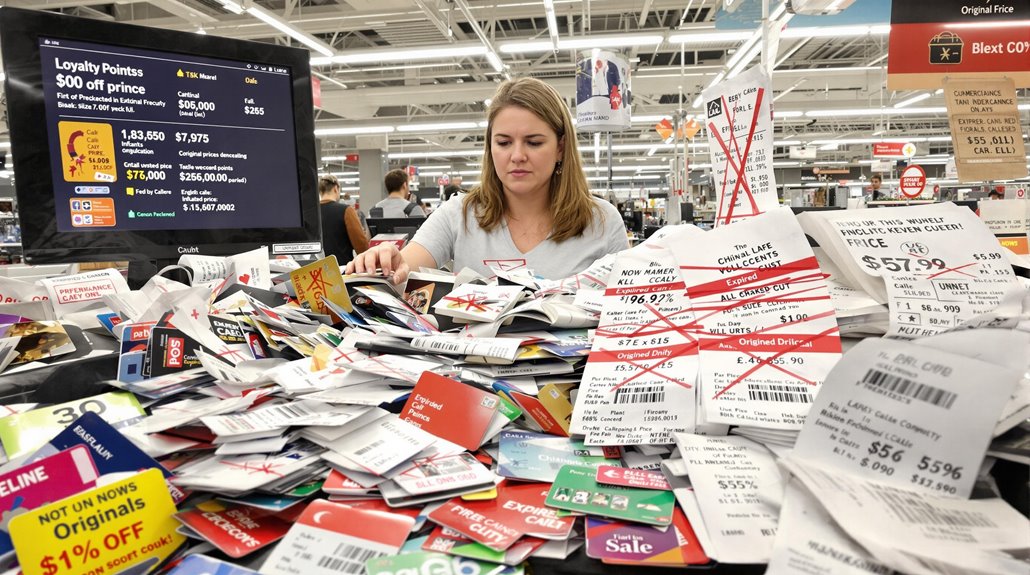
We all know these shoppers. They jump from store to store looking for the best deals. When you give them big sales, they buy a lot.
But once the sale ends, they leave. These folks don’t care about your brand – they only want cheap stuff.
Your best bet is to spot the deal-hunters and find the real fans. Real fans love what you sell, not just your low prices.
If you keep giving deep discounts, you’ll make less money.
Plus, you won’t build good ties with your best shoppers.
Deal-Hunters Vs Brand Advocates
Shoppers come in two types. Some just want the best deals. Others truly love the brand.
Deal-hunters only care about getting things cheap. They don’t feel close to the brands they buy from. They often stop buying when they find better deals somewhere else.
True brand fans stick around longer. They tell their friends about products they love. They spend more money and keep coming back.
Smart companies focus on making real friends with customers. They give special treats that aren’t just about money. They take good care of customer information.
When you make real connections with people, they stay with you because they trust you, not just because things are cheap.
Short-Term Gains Trap
When stores give too many discounts to keep customers, bad things can happen. They stop caring about keeping your private info safe. They only want fast sales.
Many stores want quick wins. They don’t take good care of the info you share when you shop. Almost half of people leave these stores because they don’t feel valued.
Good stores do things better. They:
- Give rewards that grow as you shop more
- Make shopping fun just for you
- Tell you how they keep your info safe
Look for stores that care about you, not just your money. This helps keep your info safe and makes shopping better for everyone.
Managing Complex Loyalty Systems
Keeping our friends’ information safe in rewards programs is very important. We need strong walls around their data, just like a castle protects its people. Every time we collect information, we lock it up tight with special codes.
When we look at how our customers shop and what they like, we must keep their secrets safe. Think of it like having a special box where you keep your treasures – you want to make sure only the right people can open it.
We use smart computer tools to guard everyone’s information. These tools work day and night, like faithful guards. We also make clear rules about who can see customer details. It’s like having a guest list for a party – only invited people get in.
Our members trust us with their private details. We check our safety walls often to make sure they’re strong. We also pick who gets the keys to see this information very carefully. Just like you protect your friends’ secrets, we protect our members’ information.
Fighting Loyalty Program Fraud
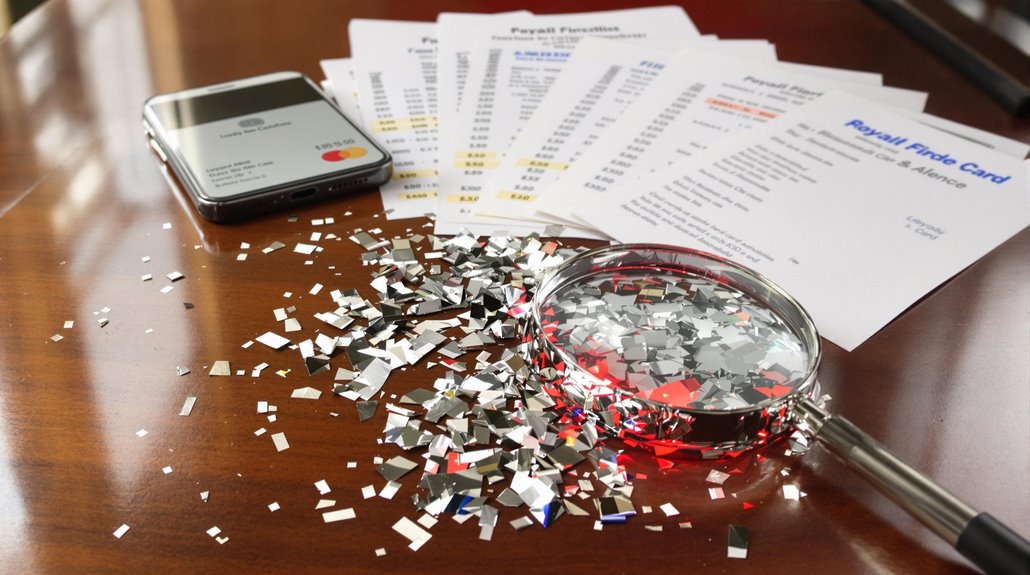
We need to keep loyalty points safe from bad people. Bad people try to steal points in many ways. They make fake accounts, steal from inside the company, or pretend to be real members.
To keep points safe, we watch how people use their accounts. We look for odd things, like too many points used at once. We set rules about how many points someone can use. We also teach our workers what to watch for.
More and more people try to steal points each year. Companies lose a lot of money from this. We must check what people do online and spot tricks fast. We also change our rules to stop new tricks.
Members trust us with their points, so we must keep them safe.
Building Sustainable Customer Rewards
We want to help our planet while giving you great rewards. It’s a way to make both you and Earth happy. When you join our program, you can get cool digital gifts and items you can use again and again.
We make sure all rewards help the Earth. You can earn points by doing good things for our planet. We keep your info safe while you earn rewards. Every time you earn points, you help make the Earth cleaner.
We work with other companies that care about the Earth too. We’ll always tell you what’s new with your rewards.
We look at what rewards you like best, so we can give you more of those. This way, we use less paper and keep your info safe.
Conclusion
Running a good loyalty program is like driving a car – you need to be careful and watch where you’re going. Make sure you catch people who try to cheat. Keep your costs low. Give rewards that make sense. Watch out for people who only want deals. When you use data well and keep customer info safe, both you and your happy customers win.
Stop Losing Track of Your Loyal Customers
Are you tired of forgetting who your best customers are? A good CRM helps you keep track of everyone who shops with you. It saves you time by doing the boring work. Plus, it helps you spot your VIP customers fast. You can send them special deals right when they want them.
